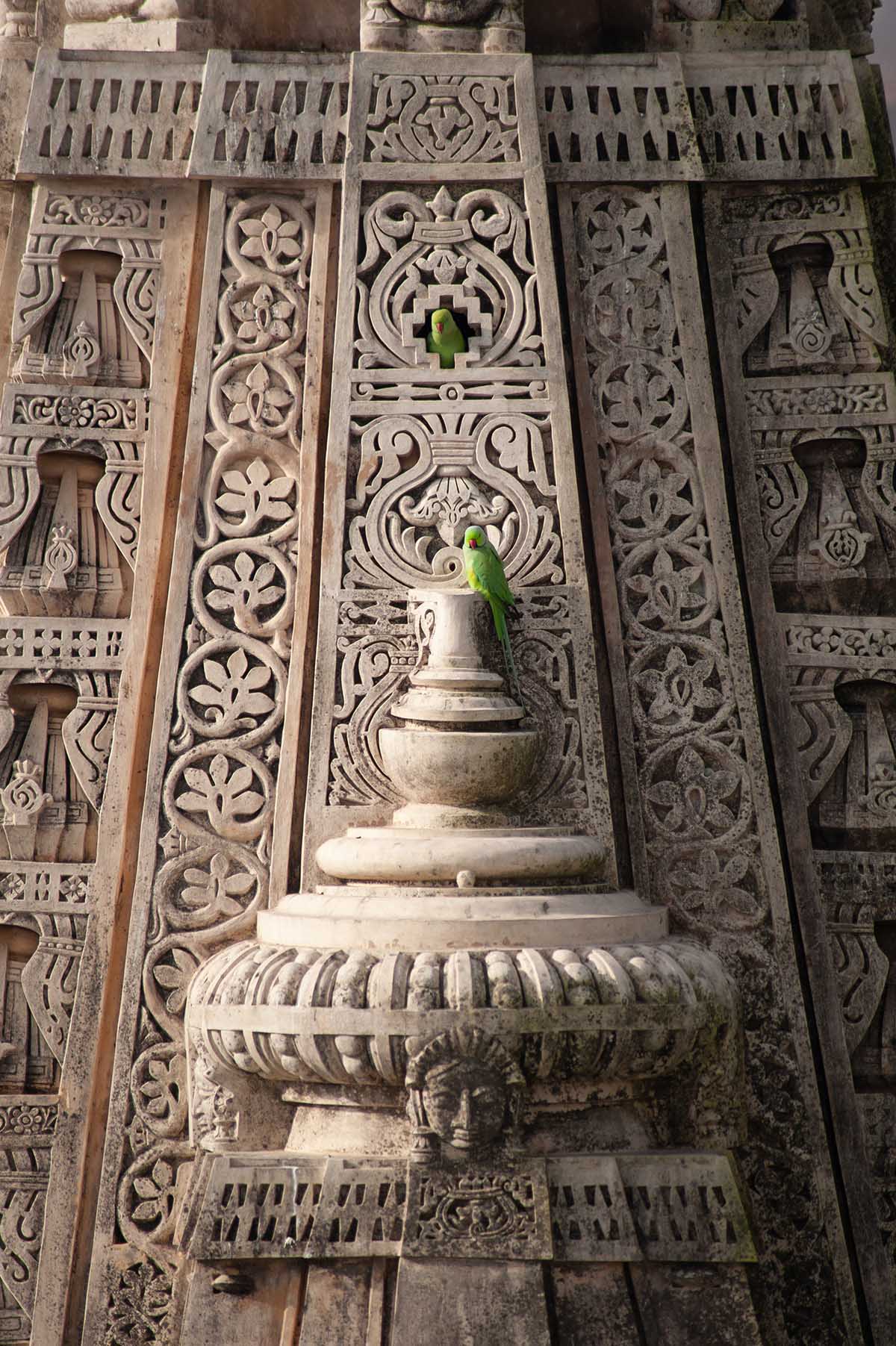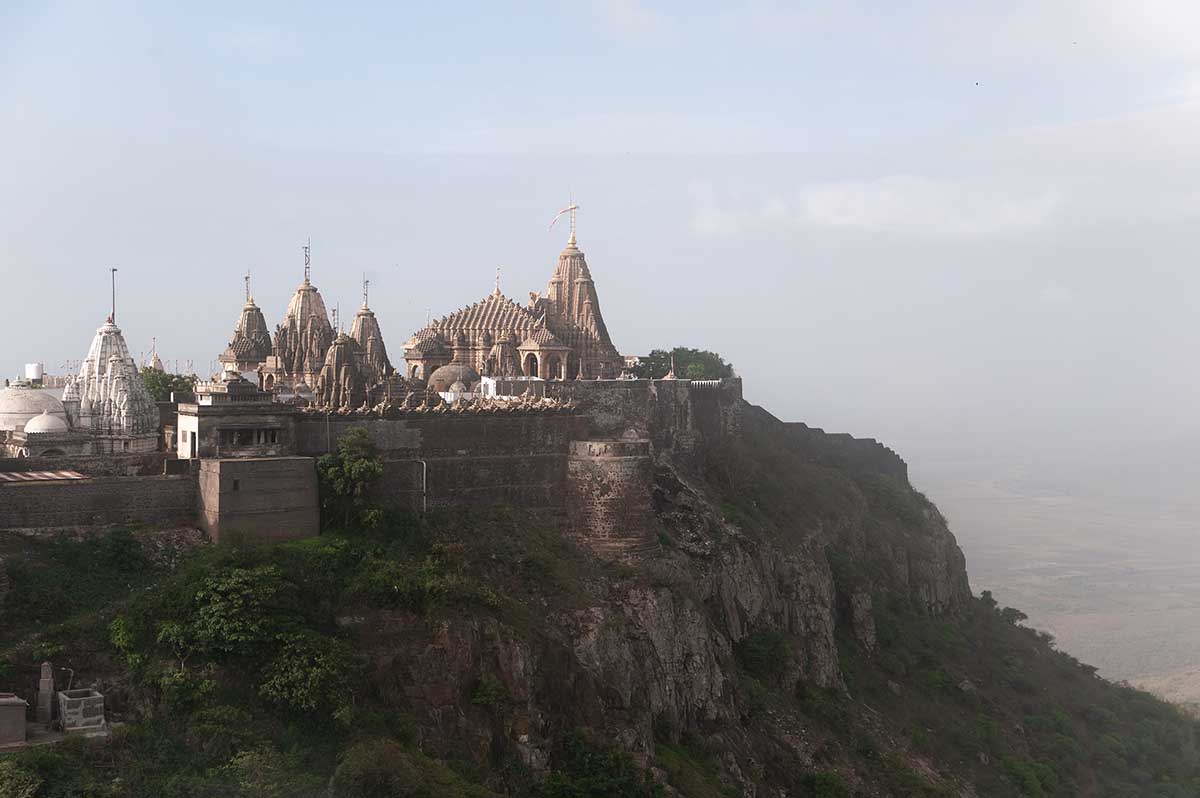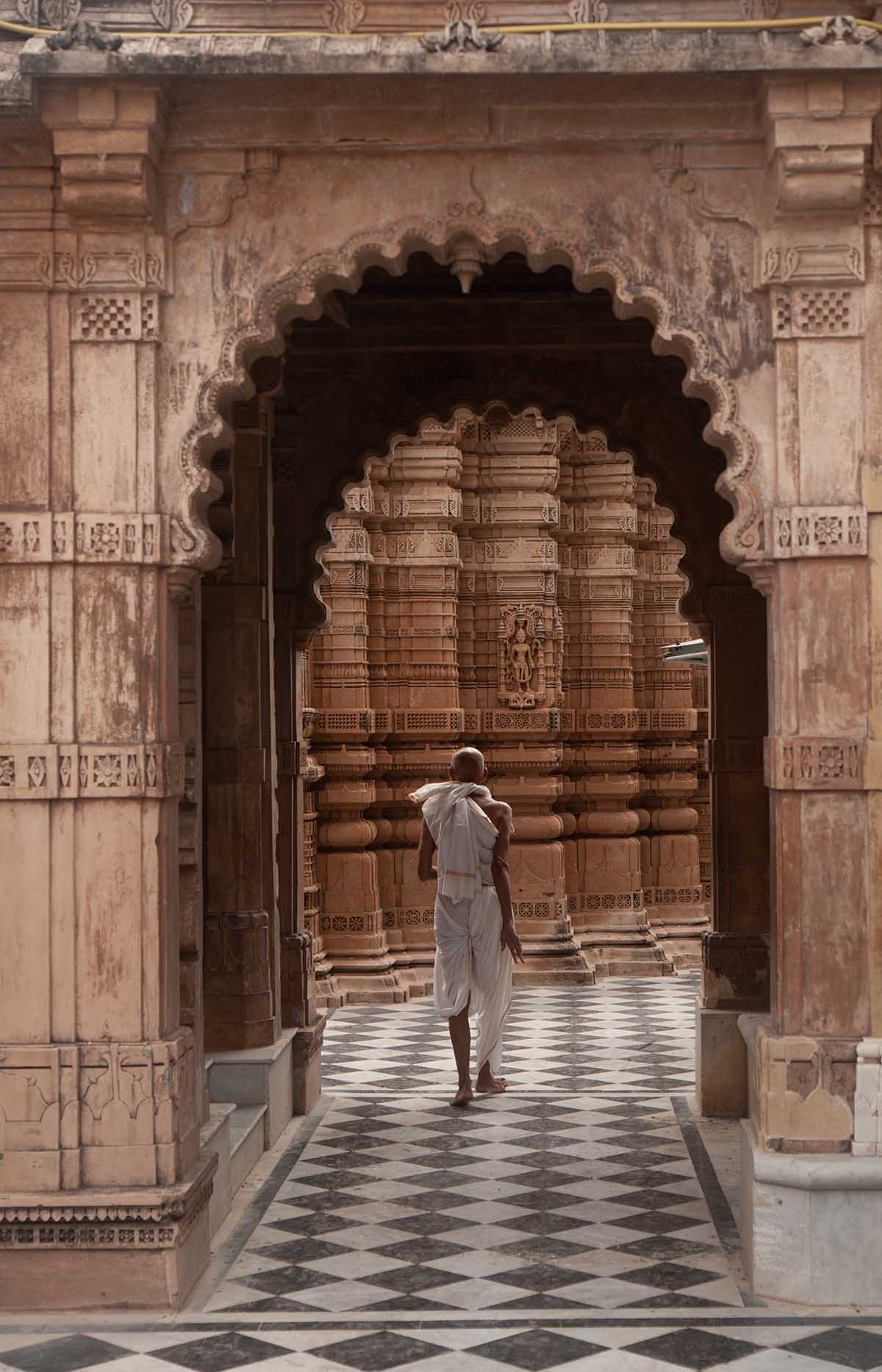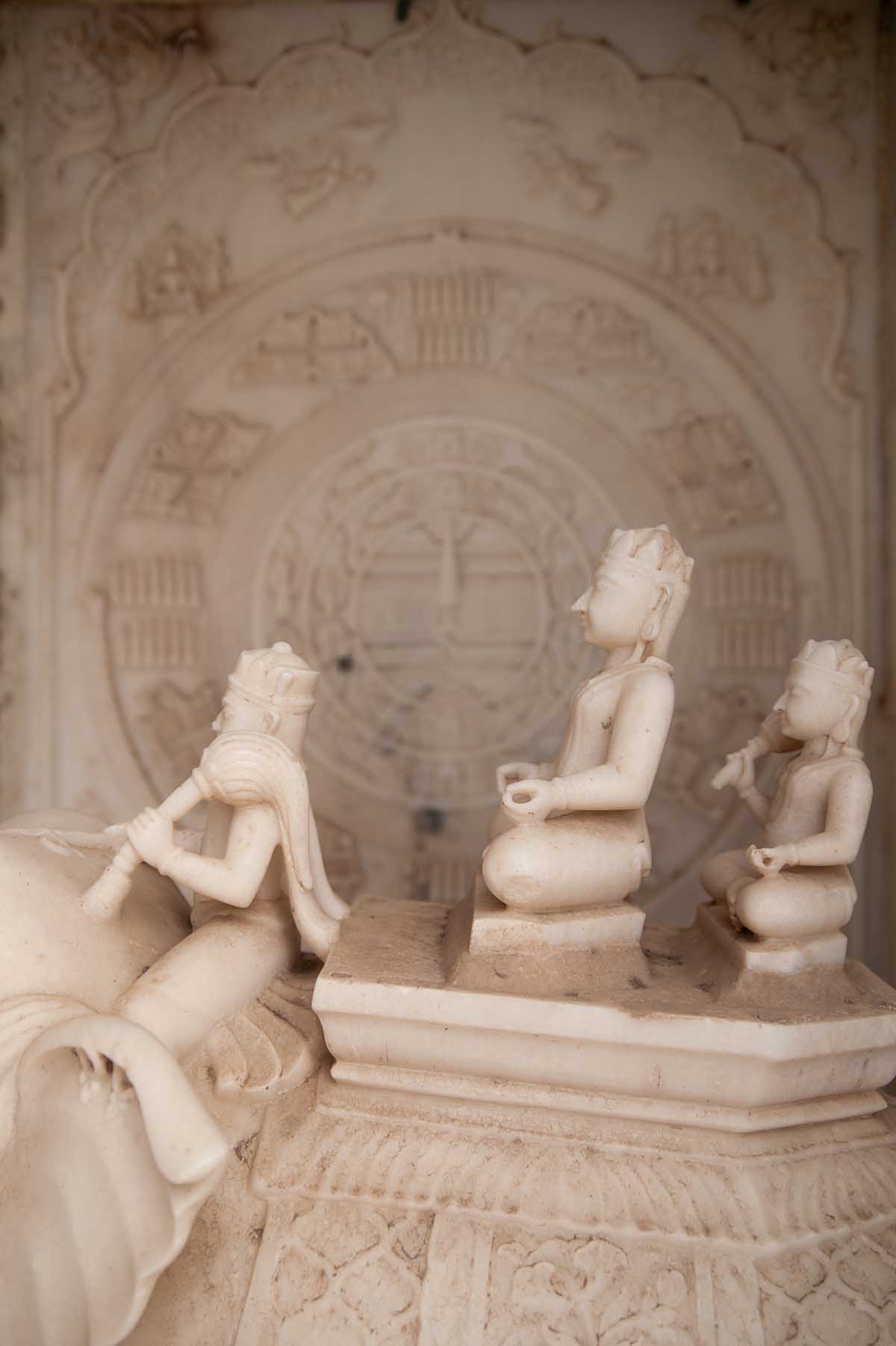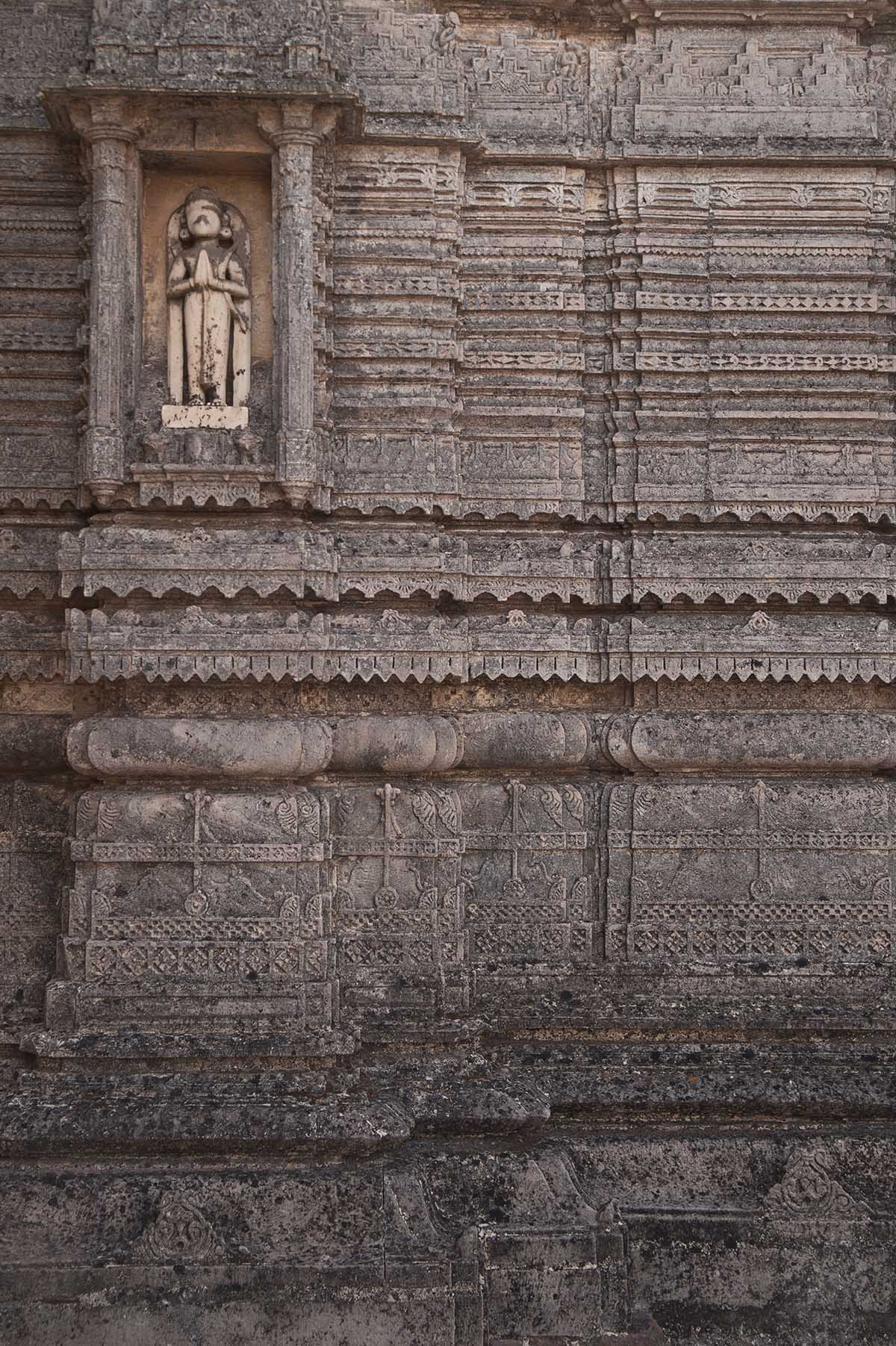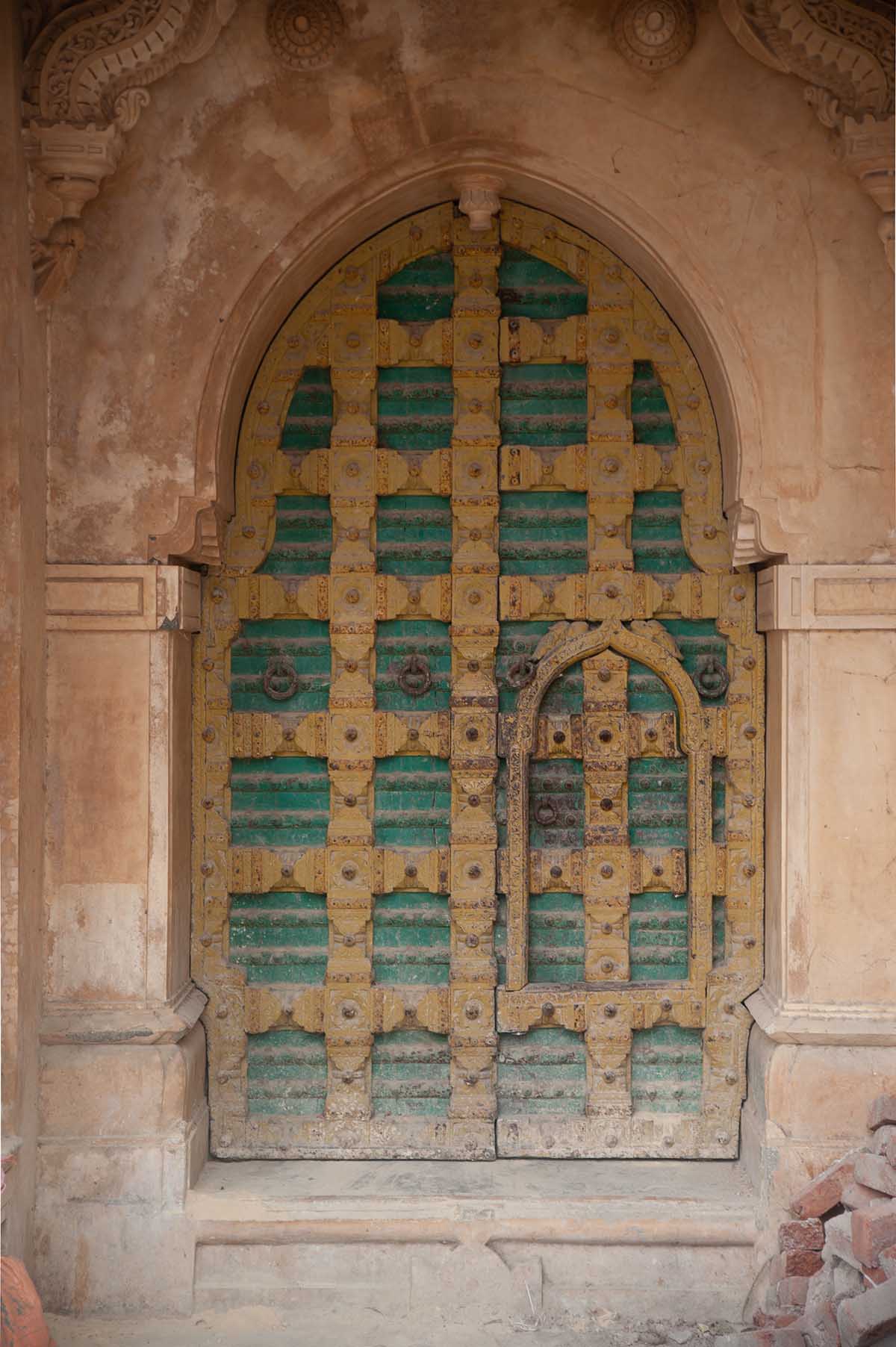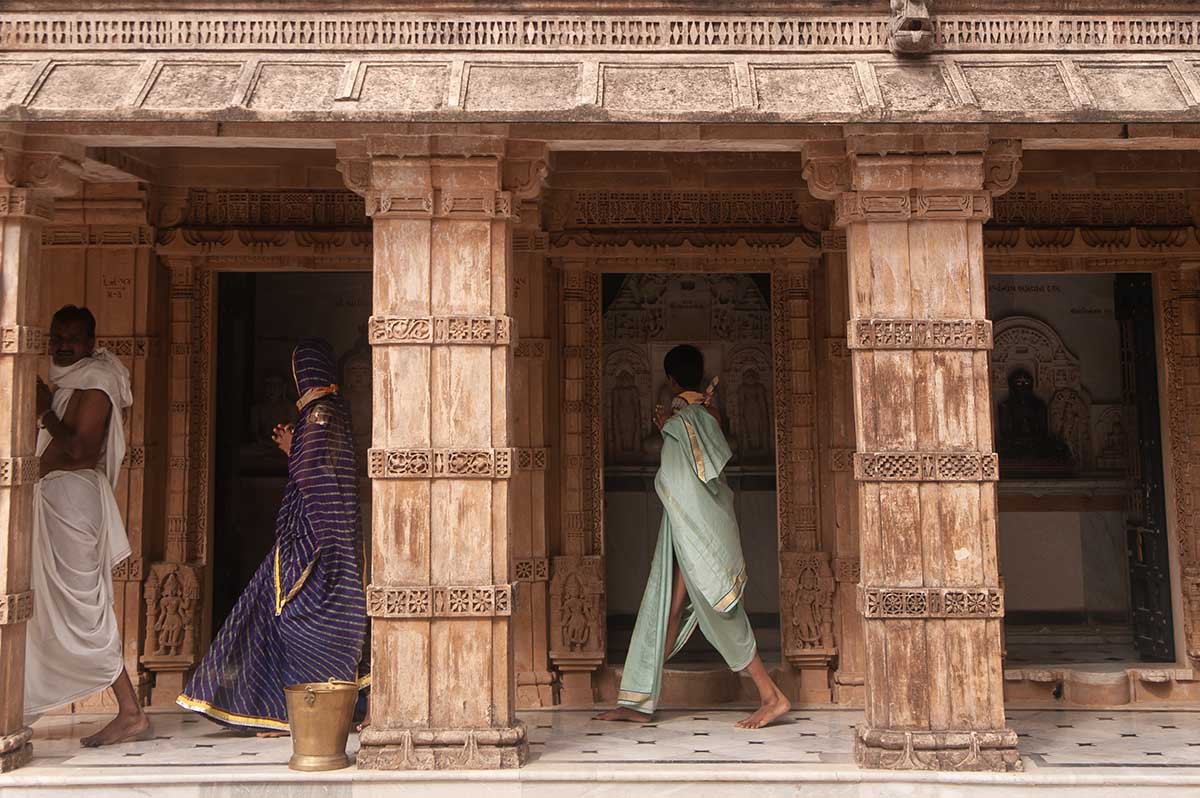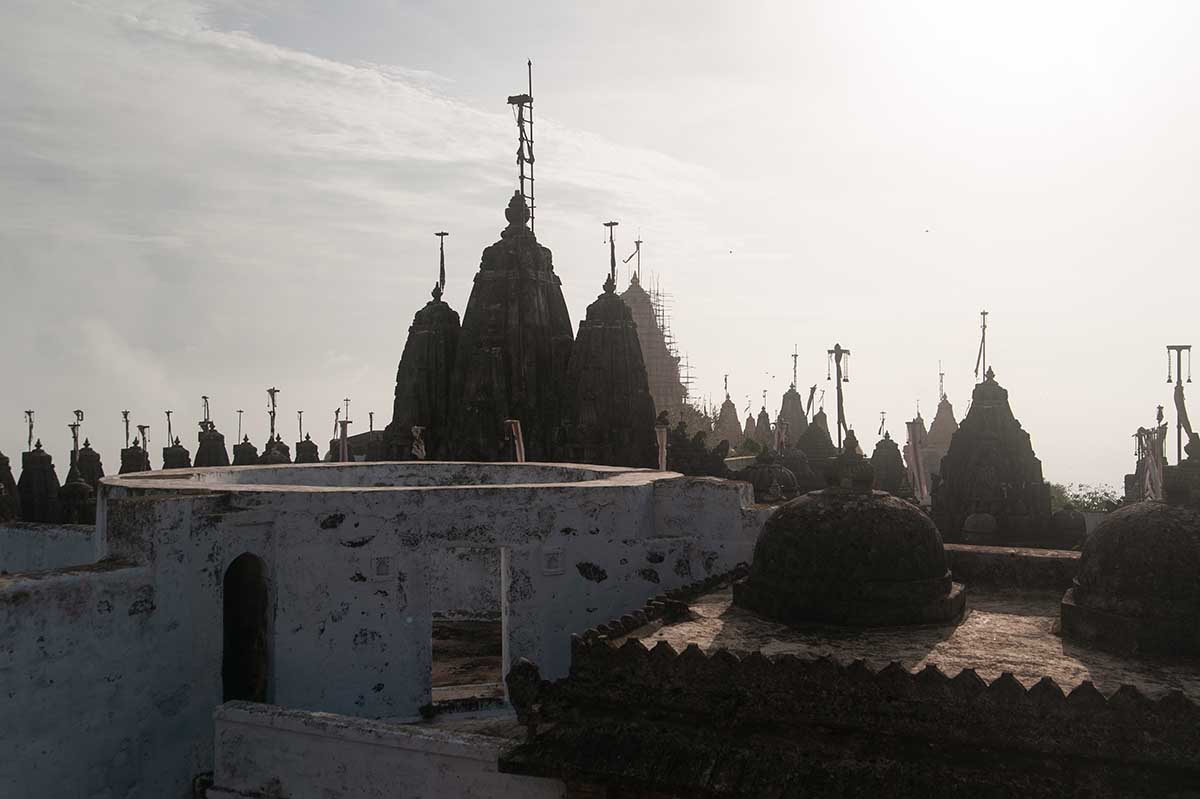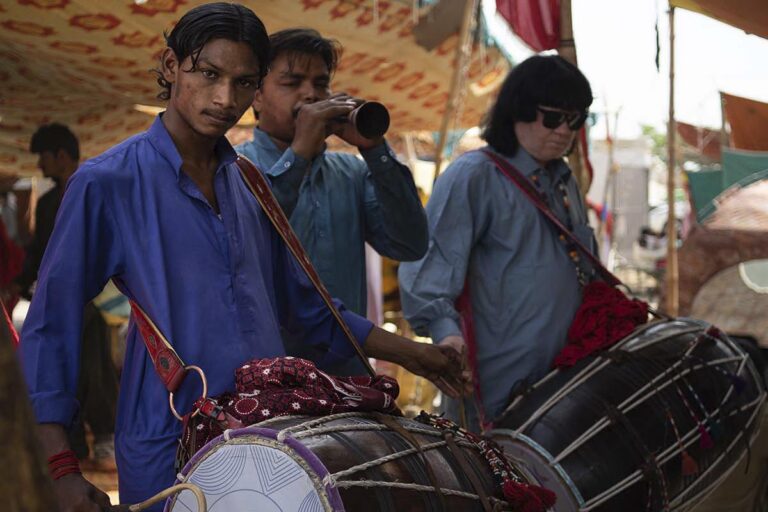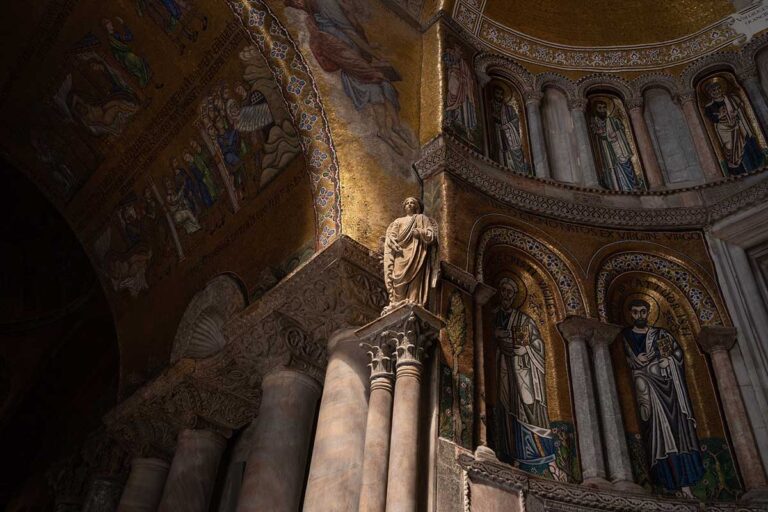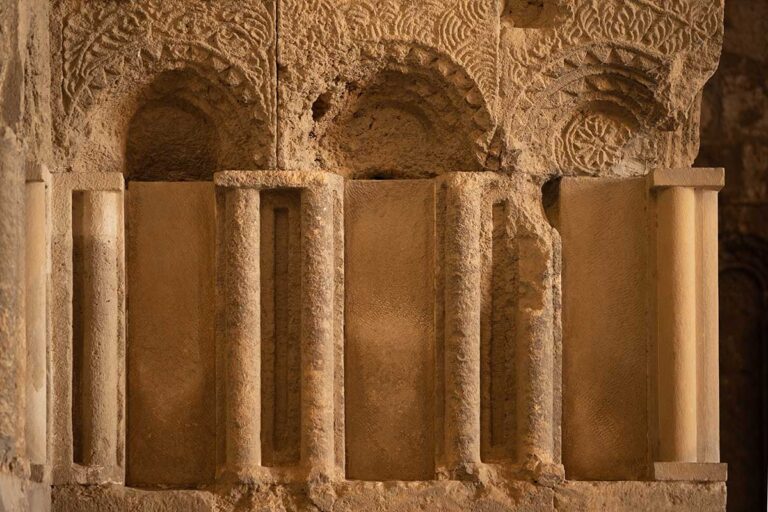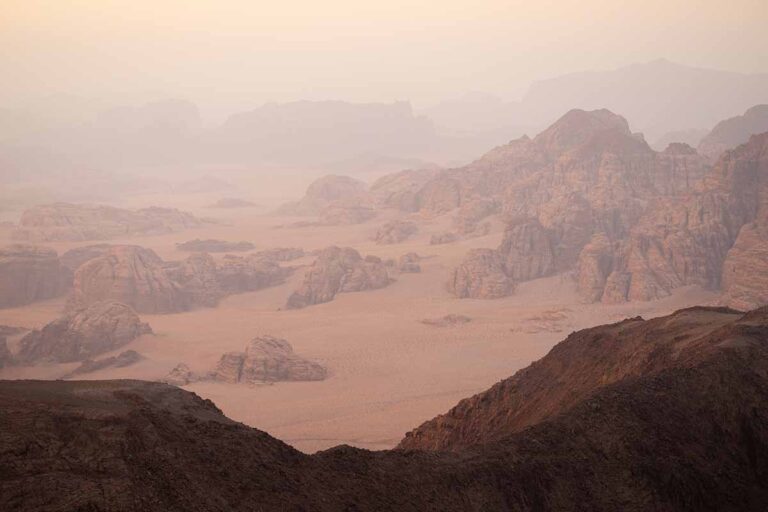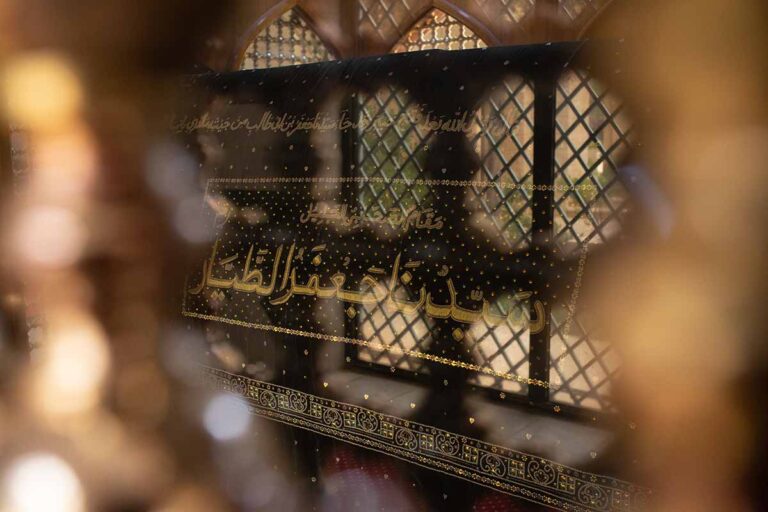
Clustered tightly on the crests of several hills in Saurashtra (the swathe of Gujarat jutting into the Arabian sea) are some of Jainism’s holiest sites, none more so than Shatrunjaya, the City of Temples, where many hundreds of marble shrines cap a forested ridge, drawing a steady stream of pilgrims.
Leaving my leather belt behind in scruffy Palitana, the launching point for the hike, a town packed inns that cater to pilgrims, I started out early on the winding hike to the top, passing parties of white-clad yatri from the start. Some swayed along in dholis: seats strung on poles held by two or four bearers, whose foreheads were sweaty a few steps into the climb—3,750 steps in total.
For the devotee, the aim is to summit not once but 99 times, thus completing the navanu yatra, king of all yatras (pilgrimage routes), tracing the footsteps of Adinath, the first of the 24 tirthankaras: spiritual teachers revered among Jains. It seemed highly likely that of everyone on the trail that day, I was alone in tackling it for the first time.
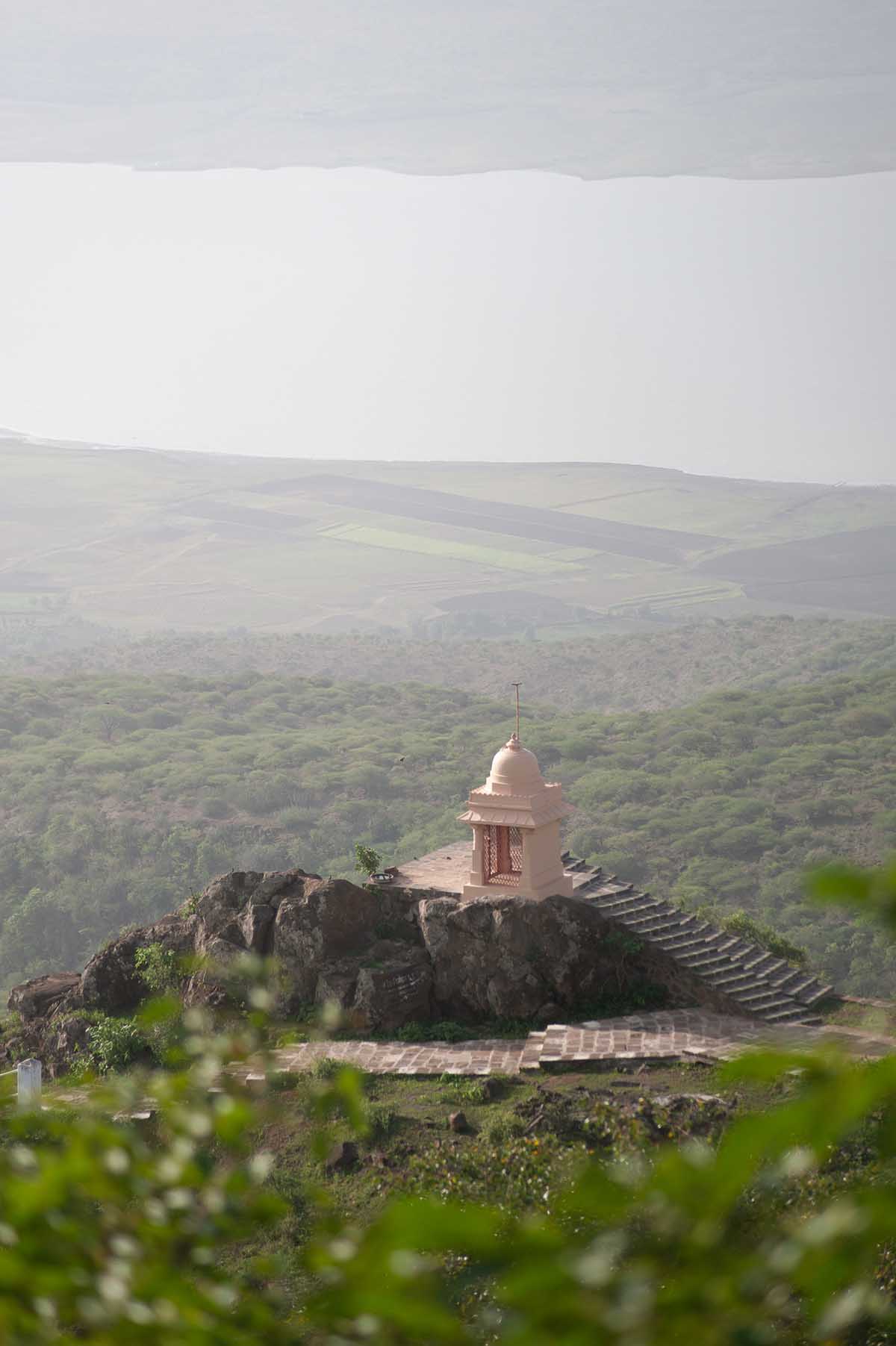
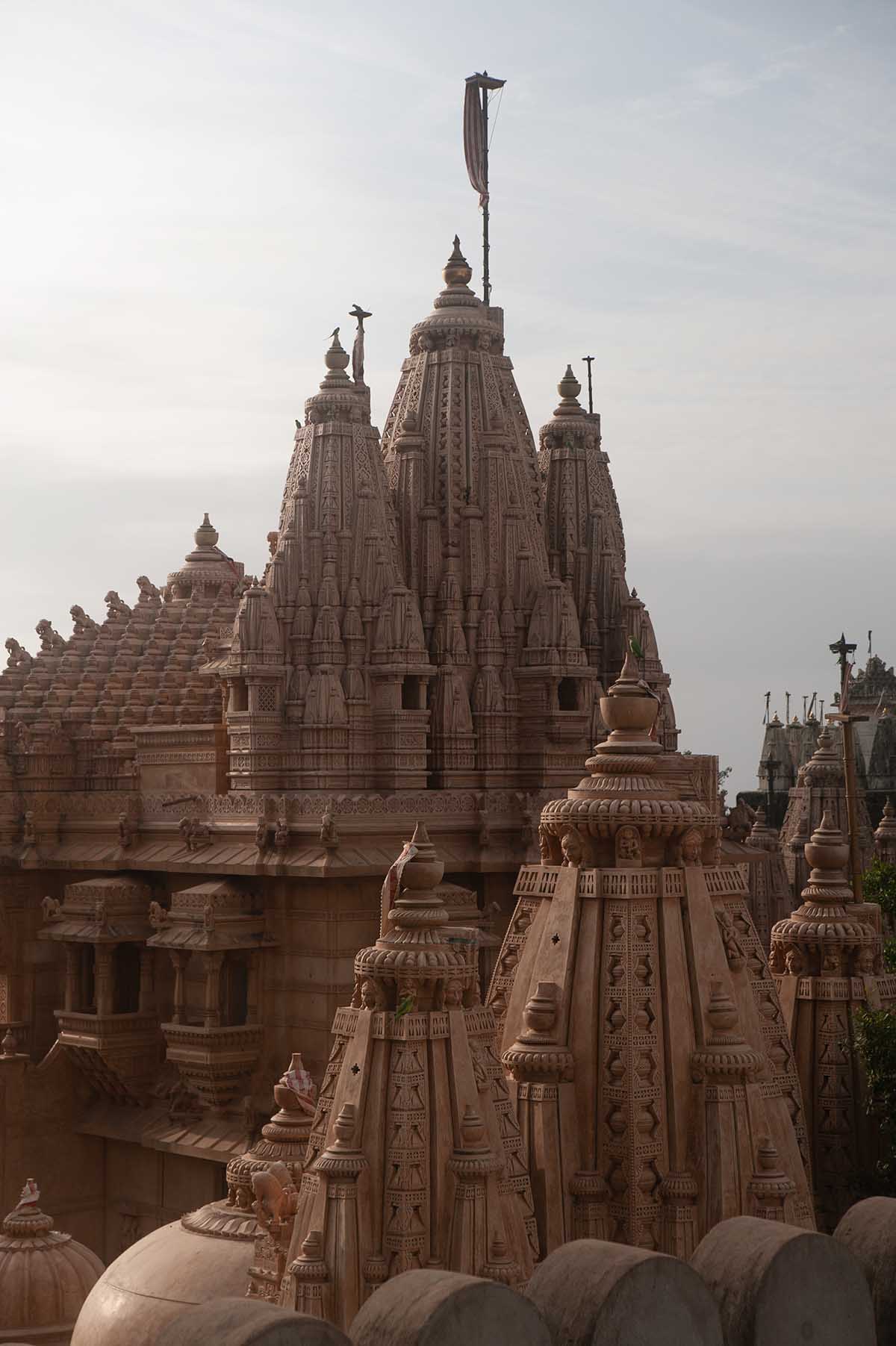
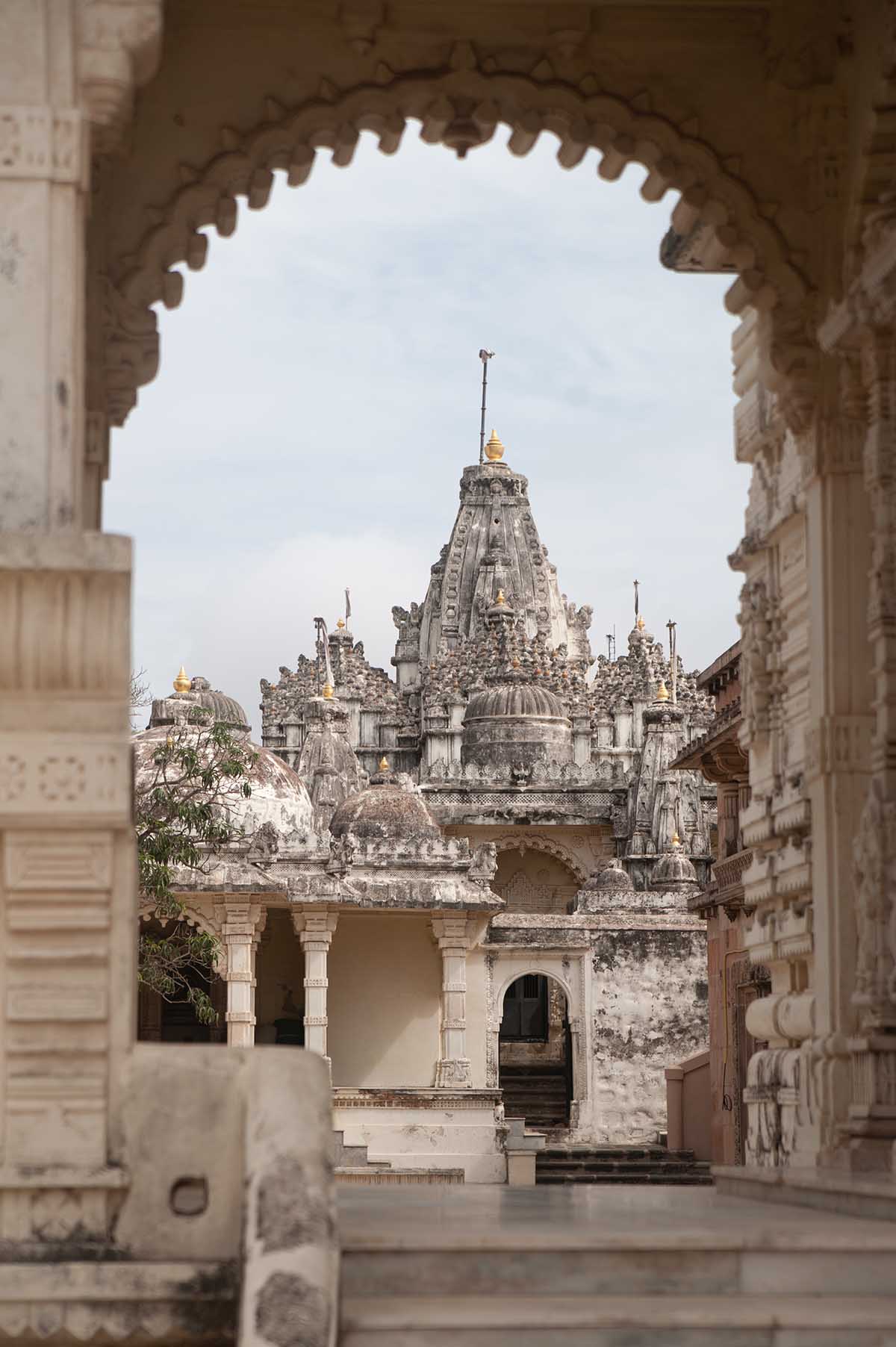
Birth of Jainism & Shatrunjaya
Each of the tirthankaras followed a similar path of disillusionment and renunciation. Setting the pattern, Lord Adinath—struck by the fleeting nature of life’s pleasures and caught in the endless cycle of death and rebirth—renounced his kingdom and family to seek the truth. For most of the 24, including Lord Adinath, the eventual attainment of moksha—enlightenment, spiritual liberation—occurred just ahead, on the ridge of Shatrunjaya.
For scholars, the first 22 are regarded as mythical. It’s the 24th that’s credited as Jainism’s historical founder, roughly in the 6th century BC: Lord Mahavira. A Brahman prince disillusioned with the rigidity of the rites of orthodox faith and ritual, he followed Lord Adinath in renouncing earthly pleasures in favor of a quest for spiritual peace. A teacher and reformer, he preached a gospel of non-violence, detachment, karma, kindness and reincarnation, diverging only by degree from the more moderate ‘Middle Way’ of Mahavira’s contemporary in the region: Gautama Buddha. The latter’s tradition spread far more widely with time of course, but Jainism retains its stronghold around here. Along with Rajasthan, Gujarat has the highest concentration of Jains today.
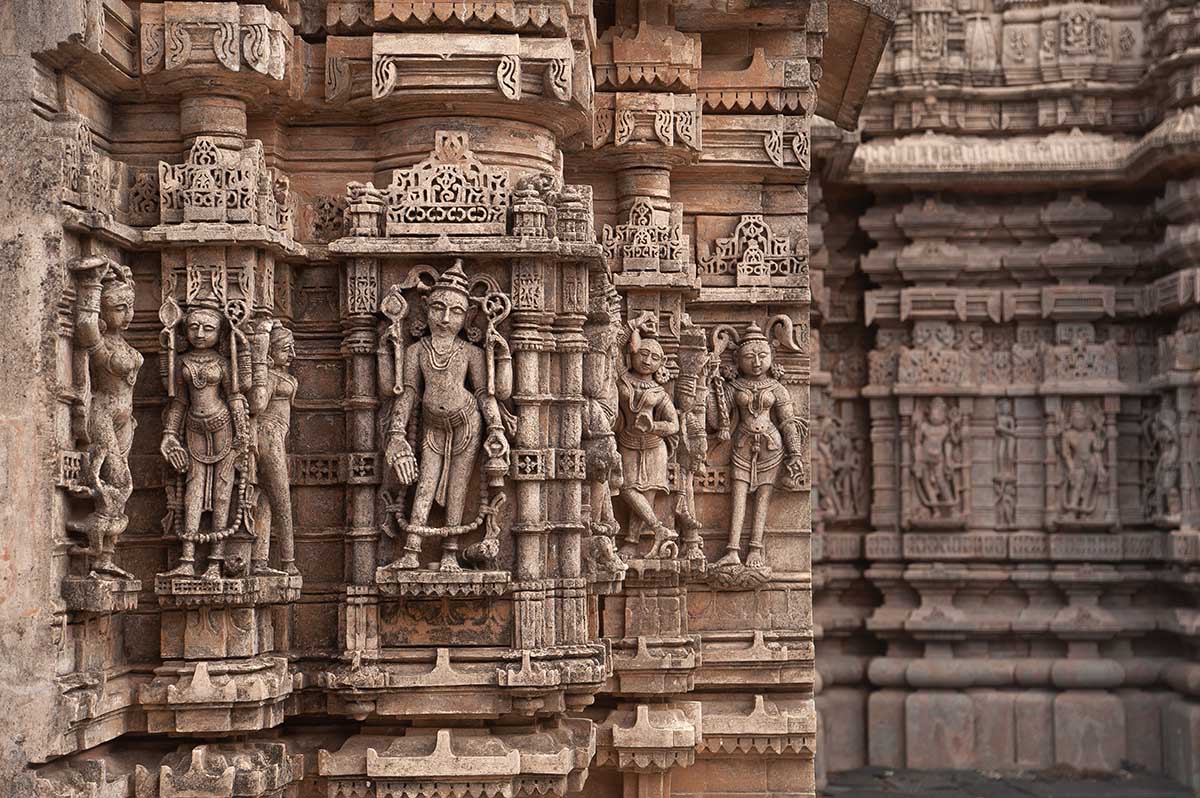
Though four million strong, however, Jains are a drop in India’s enormous bucket. Of Jainism’s pair of popular branches, it’s the majority Shwetambar to which this temple complex is linked. While the ascetics of the Digambara sect go naked, Shvetambar priests dress in white, as do its pilgrims.
Seemingly at odds with Jainism’s emphasis on the simple, ascetic life of meekness and humility, its followers are to thank for many of the most lavishly decorated temples in all of India, among them Ranakpur and Dilwara, their insides hiding countless seated idols which represent, of course, the 24 tirthankaras. But on Shatrunjaya in particular, almost all are of Adinath (the ‘first master’), known in scripture as Rishabhanatha.
23 of the 24 tirthankaras gave this particular Saurasthran hill their blessing way back in the mists of the Iron Age, but 2,000 years would pass after the last of these that the present-day complex would finally be built. A previous constellation of temples adorned the ridge from the 11th century AD, but was razed by the Sultan of Delhi in the early 1300s. Some were restored as early as the 1400s, but the bulk of today’s temples date to the 1700s.
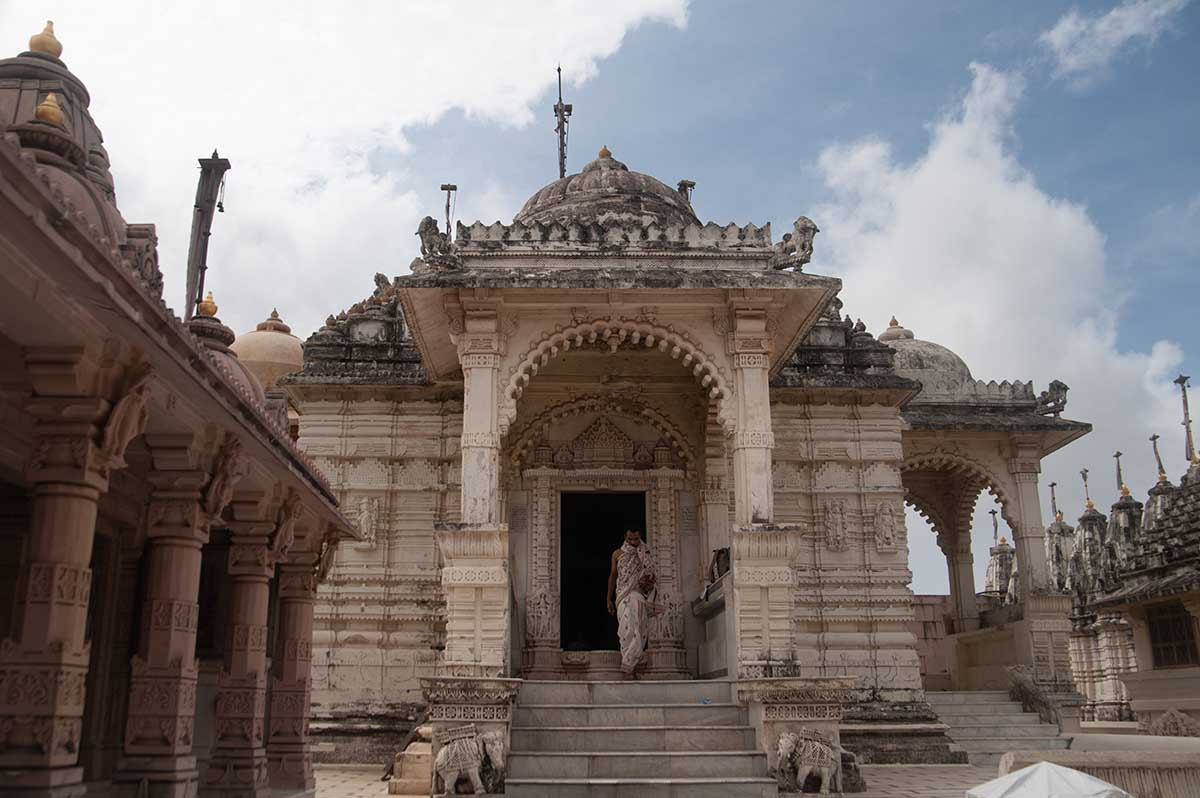
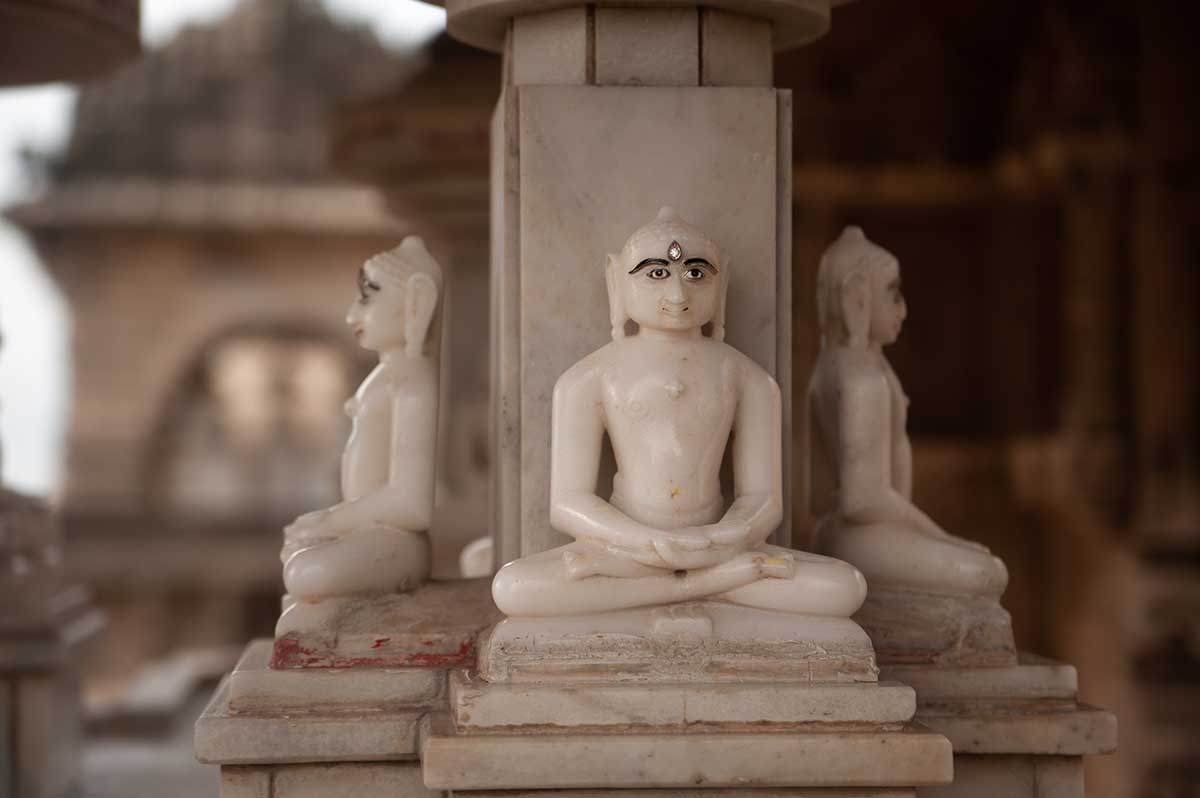
Thirsty Arrival at Shatrunjaya’s Summit
Climbing higher on the trail, the white-capped tops of temples multiplied on the shifting horizon ahead. But I was starting to worry: as opposed to the sacred Hindu mountains with their hundreds of stalls selling chai and snacks, Shatrunjaya’s trail was devoid of anything for human consumption—in line with the ascetic spirit of the Jain yatra, entailing long bouts of self-denial (including food and drink).
Having failed to pack water, I was pretty light-headed when I made it to the top, still holding my pants at my hip as I slipped through the gates. Craning my neck all around, I found my discomfort immediately displaced by awe and excitement at the exploring that lay ahead, berating myself not for coming without basic supplies but for not coming with more time. Without doubt, what’s most impressive about Shatrunjaya is the sheer number of shrines, guessed to approach 1000.
It’s also said that for each of the 99 summits of the navanu yatra to count (in full, that is), a pilgrim must pay their respects at every one of these shrines every time, a feat I’m not convinced is even humanly possible.
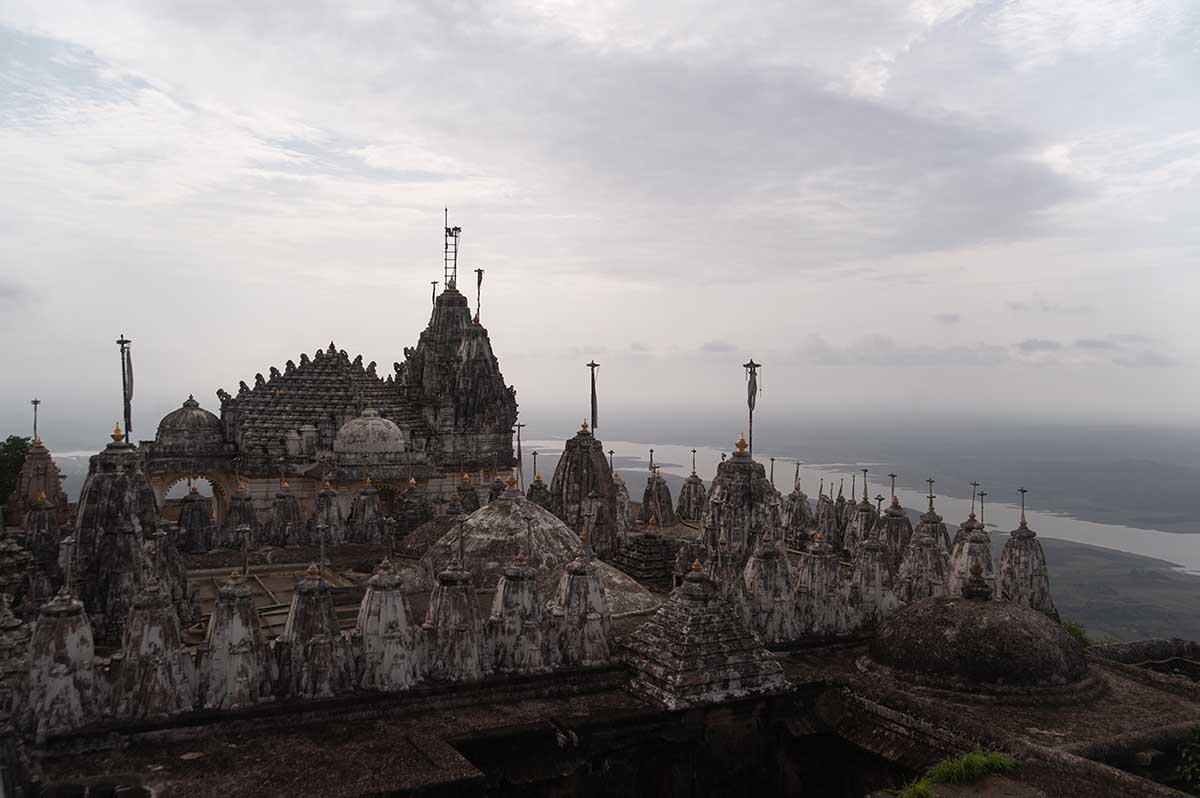
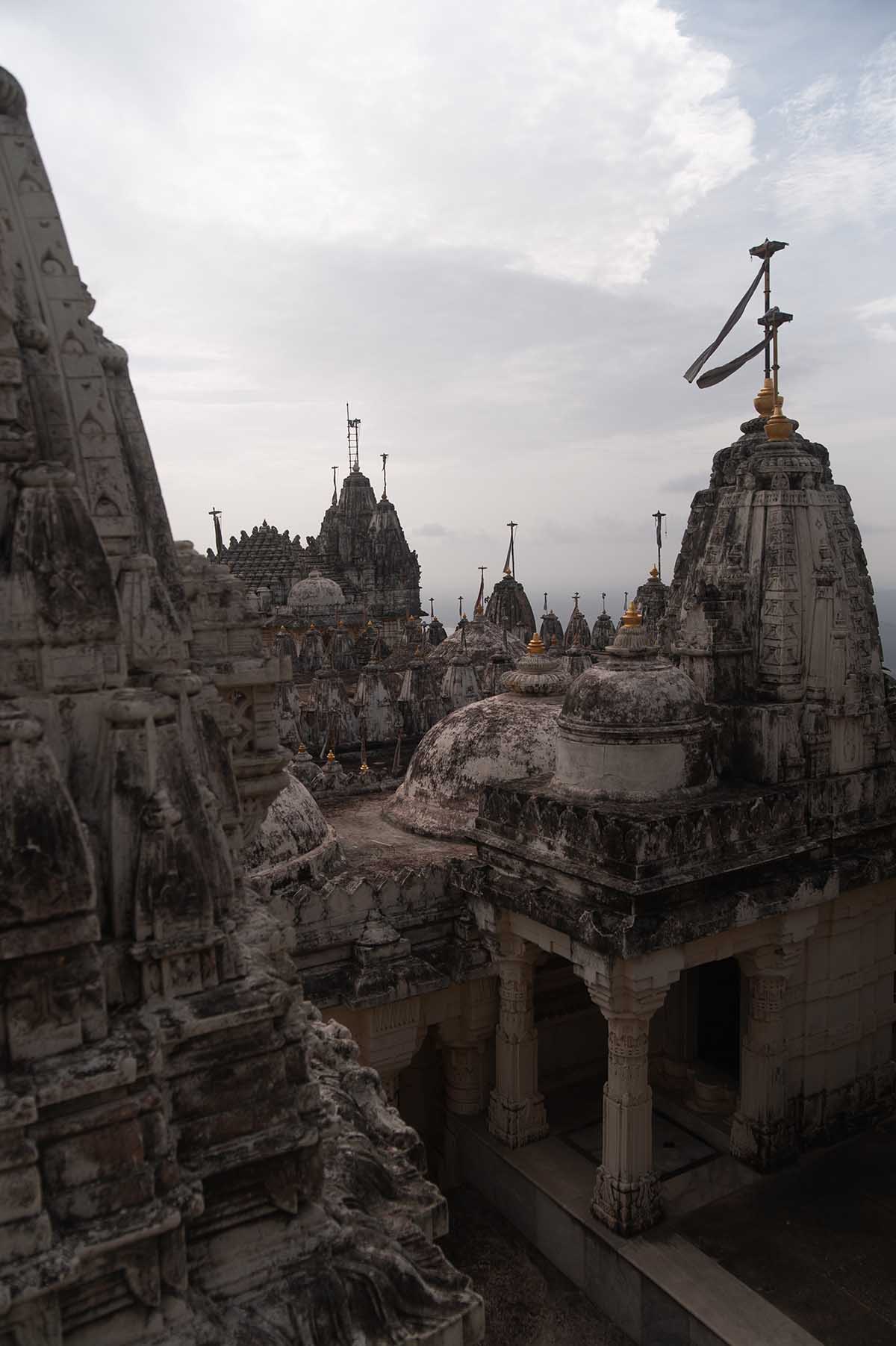
The largest enclosure lies on the northern end, bounded by big white walls along the edge of the cliffs: the Khartaravasi enclosure, where some of the temples tower several stories high. From higher reaches, the distant views are roughly as dizzying: to the south the vast flood plain of the Shetrunji basin, to the east, very faintly, the shores of the Gulf of Cambay (Khambat). If the weather were a little clearer, I might have perhaps seen west to Girnar, another Saurashtran rise deemed holy among Jains.
At last, ducking into a smaller temple, I approached an old priest, downplaying my desperation as my head now spun with thirst. He kindly shared his bottle of delicious, lukewarm water, then returned without a word to his work: meticulously polishing the temple’s assortment of sparkling tirthankaras.
